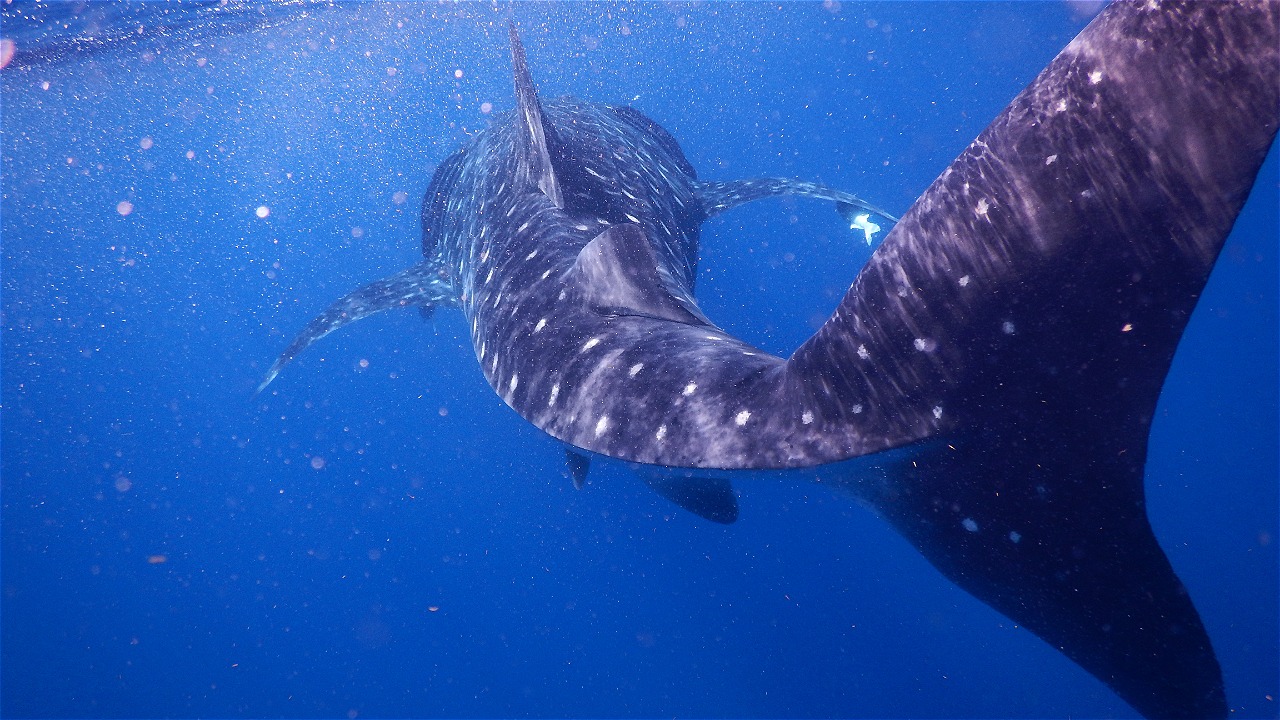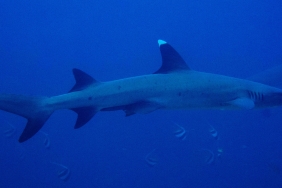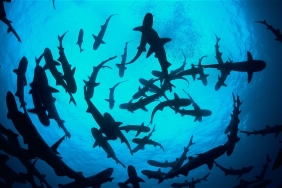WHALE SHARK MONITORING, NOW THERE'S A GUIDE!
Jakarta - In connection with the celebration of International Whale Shark Day which falls every August 30, today (29/8), WWF-Indonesia together with the Center for Teluk Cendrawasih National Park (BBTNTC) launched the book "Technical Guidelines for Whale Shark Monitoring in Teluk Cenderawasih National Park" at Bumbu Desa Restaurant, Cikini. The guidebook launch was also attended by the Directorate of Conservation of Fish Areas and Species (KKJI) of the Ministry of Maritime Affairs and Fisheries.
Whale sharks (Rhincodon typus) can be found in almost all parts of Indonesia such as in the waters of Sabang, North Coast of East Java, Bali, Nusa Tenggara, Alor, Flores, Kalimantan, Sulawesi, Maluku, and Papua. Therefore, the opportunity for people to meet the largest fish in the world is quite large and can be utilized for research.
This technical guide can be used by individuals or organizations to record whale sharks that may be encountered at any time in a variety of locations, where there may not necessarily be a species expert present during the event. The data collected can be sent to research teams for analysis. "WWF hopes that with this guide, people can contribute to whale shark research and conservation efforts," said Casandra Tania, WWF-Indonesia's Marine Species Officer.
Whale sharks are protected animals in Indonesia, in accordance with KEPMEN KP No. 18 of 2013 concerning the Determination of Full Protection Status of Whale Sharks. Despite being protected, there is still not much research done on whale sharks. In fact, by recognizing animals, both their biological behavior and habitat, is one way to ensure that protection efforts are effective and efficient.
"The involvement of many parties, including the community, is also key to the success of whale shark conservation, considering that the largest fish in the world is a type of fish whose migration area covers a large area, not only in Indonesian waters but also across countries. This is proven by the many cases of whale sharks stranded and caught by fishermen's nets," said Agus Darmawan, Director of KKJIP.
From the results of monitoring conducted by WWF-Indonesia together with BBTNTC, Hubbs-SeaWorld Research Institute (HSWRI), IPB and Papua State University (UNIPA), since 2011 in Kwatisore, TNTC, there are more than 100 individuals of whale sharks that have been identified. According to Ben G. Saroy, Head of BBTNTC, "The study and monitoring results show that the TNTC area, especially Kwatisore, is one of the important whale shark habitats that should be a conservation priority in Indonesia and the world. In addition, Kwatisore has more value as a location to interact with whale sharks. Apart from the fact that whale sharks can be encountered all year round at this location, the interaction time can be up to 1 hour with crystal clear water. This is a potential tourist attraction that can be developed in the future."
Research on whale sharks in Kwatisore was conducted using satellite tagging to map animal movements, photo identification, radio tagging, and genetic studies using mitochondrial DNA and microsatellite approaches. The data collected from this research was successfully compiled into a technical guide for whale shark monitoring in TNTC, which is expected to become a reference in the preparation of Guidelines for Whale Shark Monitoring in Indonesia by the Directorate of KKJI.
Further information, please contact:
Casandra Tania, Marine Species Officer, WWF-Indonesia
Email: ctania@wwf.or.id, Hp: +62 811 8898075+62 811 8898075
Call
Send SMS
Add to Skype
You'll need Skype CreditFree via Skype





